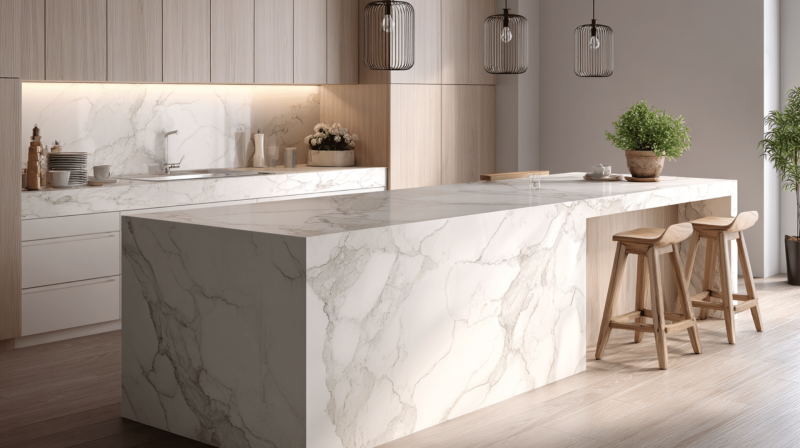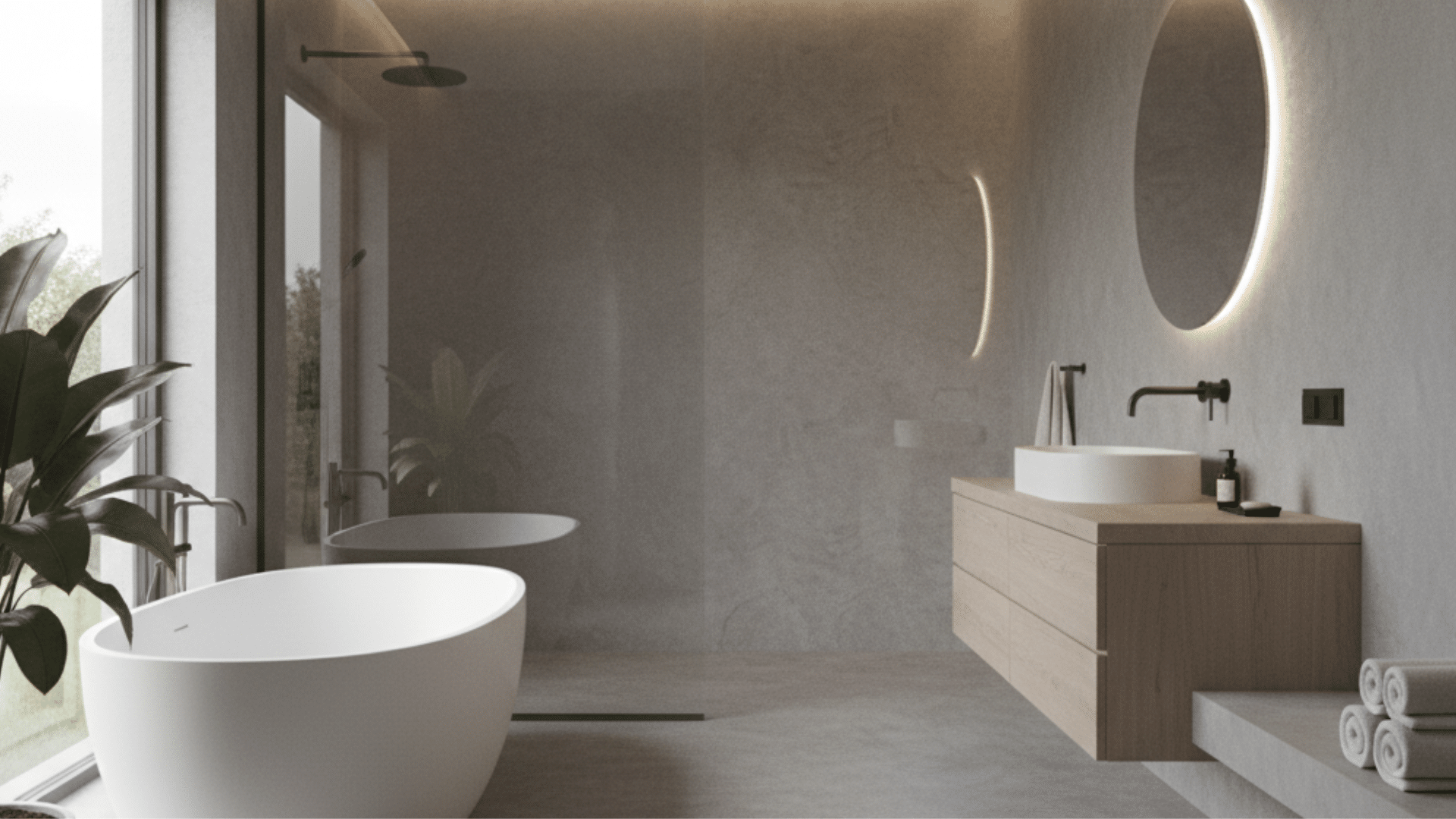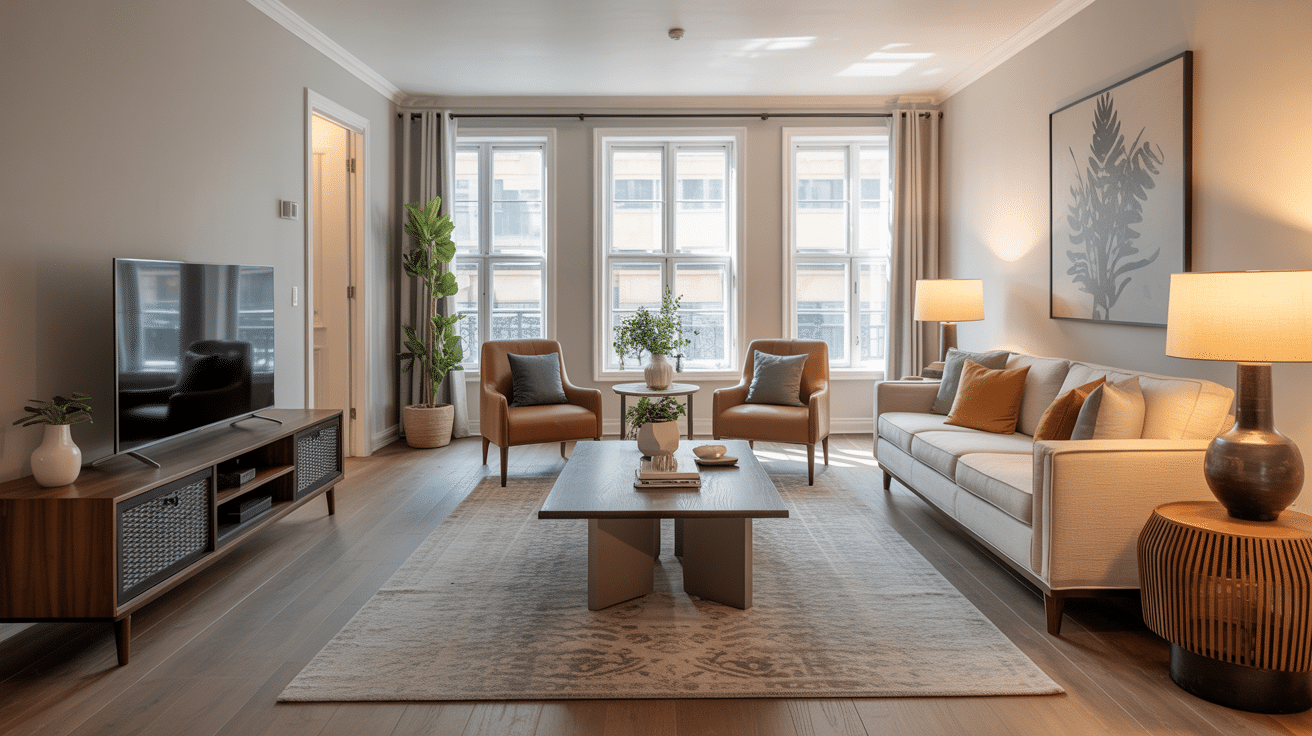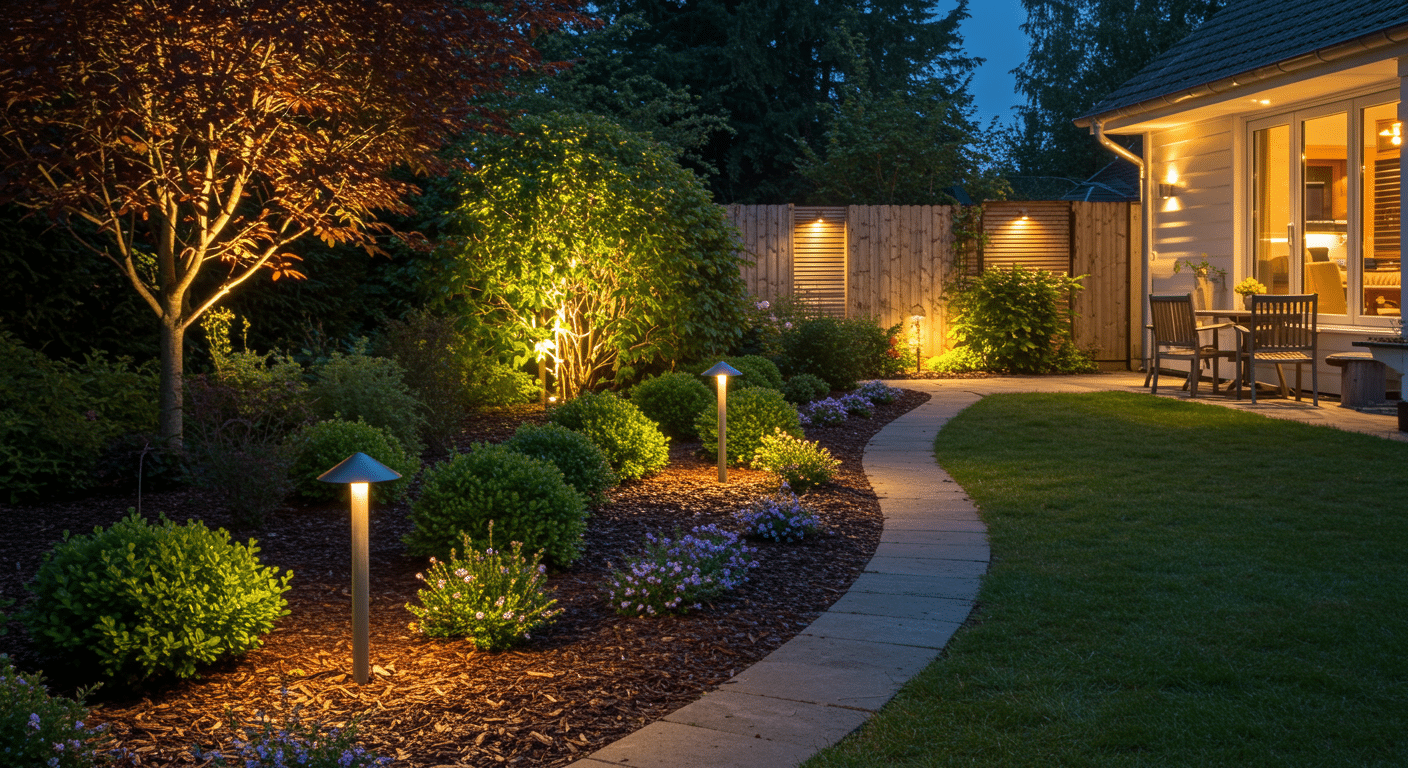Choosing how thick is quartz countertop is can feel overwhelming when you’re planning your kitchen renovation.
I understand this struggle because many homeowners face the same question about the thickness of a quartz countertop supposed to be for optimal performance and value.
I’ll help you understand the standard thickness options available and guide you through the key factors that matter most.
You’ll learn about standard quartz thicknesses, the factors that influence your choice, how thickness affects durability and space, plus a clear comparison of costs to help you make the best decision for your home.
Factors Influencing Countertop Thickness
When choosing quartz thickness, focus on the three main factors that make the biggest difference in your daily life.
Durability impact: 3cm countertops safely support up to 100 pounds per square foot, while 2cm requires additional bracing for anything over 50 pounds per square foot. 1cm countertops support only 25 pounds per square foot and need support every 12 inches.
Longevity considerations: Thicker countertops last longer. 1cm gets a 5-year warranty. 2cm gets a 10-year warranty. 3cm gets a 15-year warranty. Thicker slabs bend less and chip less. They cost more but need fewer repairs.
Space requirements: 1cm gives 17 inches clearance, 2cm gives 16 inches, and 3cm gives 15 inches between the counter and the cabinets. Thicker slabs look bulky in small kitchens and weigh more for old cabinets.
Standard Thickness of Quartz Countertops
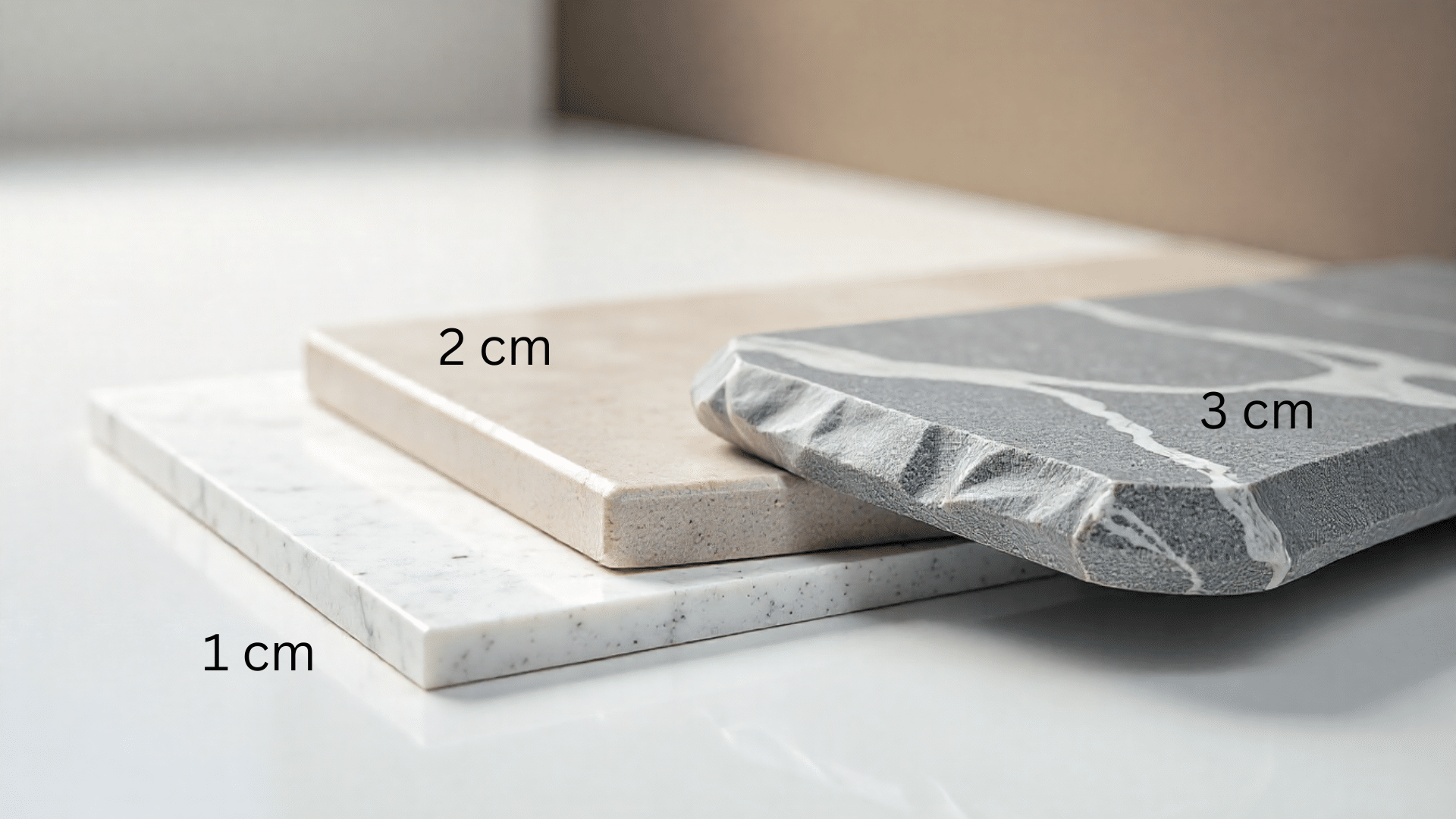
When I help homeowners choose quartz countertops, I always start with the three main thickness options available in the market.
1cm (3/8 inch) Quartz countertops
This ultra-thin option works best for overlays and backsplashes. You can install 1cm quartz over existing countertops to update your kitchen without full replacement. It needs extensive support and isn’t suitable for heavy-duty kitchen use.
2cm (3/4 inch) Quartz Countertops
This thinner option works well for lighter applications. You’ll find 2cm quartz used mainly for bathroom vanities and some kitchen islands. It costs less upfront but requires more support underneath.
3cm (11/4 inch) Quartz countertops
This is the most popular choice for kitchen countertops. Most homeowners pick 3cm because it offers better strength and can handle heavier loads. You won’t need as much support structure, which makes installation easier.
Different Types of Quartz Countertops and Buying Options
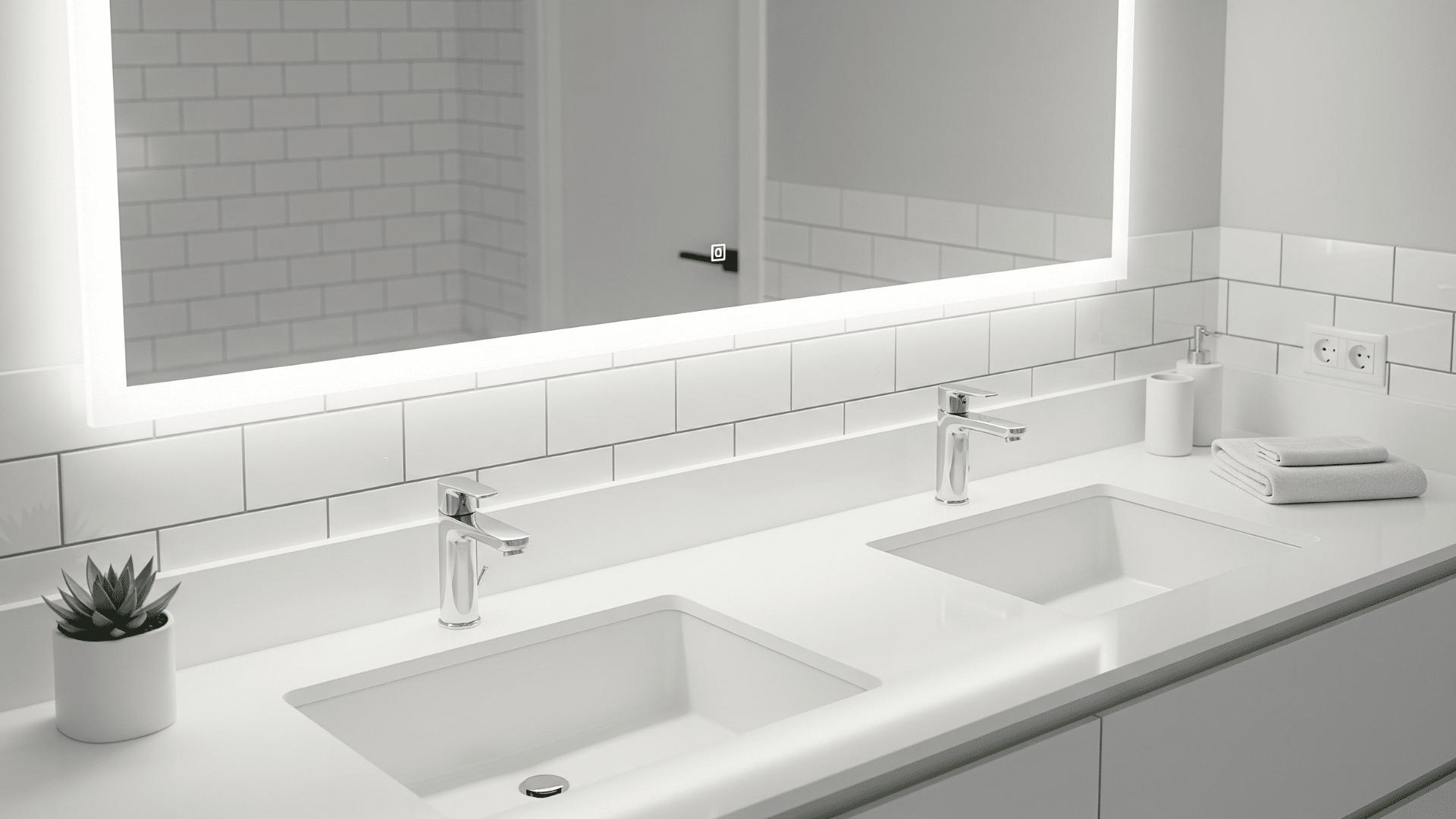
Beyond understanding how thick is quartz countertop should be, you also need to choose the right quartz type and brand for your project.
The main quartz varieties are available, and we share smart buying tips to help you get the best deal.
1. Pure Quartz: Contains 90-95% natural quartz with minimal fillers. Offers superior durability and consistent patterns. Higher price point but excellent long-term performance. Best choice for heavy-use kitchen applications.
2. Recycled content quartz: Made with recycled glass, mirrors, or metals mixed with quartz. Eco-friendly option with unique sparkle effects. Slightly lower cost than pure options. Good environmental choice.
3. Standard engineered quartz
Contains 80-90% quartz with resin binders and pigments. The most common type is available. Balanced performance and pricing. Wide variety of colors and patterns. Suitable for most applications.
4. Antimicrobial quartz: Features built-in antimicrobial protection that inhibits bacterial growth. Excellent for kitchens and bathrooms. Slightly higher cost than standard options. Provides added hygiene benefits for busy households.
5. Ultra-thin quartz: Lightweight option at 6-12mm thickness. Perfect for overlays and modern designs. Requires professional installation and support. Lower material costs but specialized handling increase installation complexity significantly.
Recommendation:
Choose the right quartz type for your home needs. Check out these buying options for further information from Wilsonart and Caesarstone ICON, Mineral, Porcelain & Quartz Countertop Catalog.
Pros and Cons of Quartz Countertops
Each quartz thickness option has specific benefits and drawbacks that affect your daily kitchen experience.
Let me show you the honest pros and cons to help you decide which thickness works best for your needs.
| Pros | Cons |
|---|---|
|
3cm Quartz: Superior strength (supports 100 lbs/sq ft), longest lifespan (15-year warranties), supports 12-inch overhangs, premium look, best resale value. |
3cm Quartz: It has the highest price ($55–85 per sq ft) and the heaviest installation (18 lbs/sq ft), which may overwhelm kitchens under 150 sq ft. |
| 2cm Quartz: Mid-range cost ($45–65 per sq ft), lighter weight (12 lbs/sq ft), easier installation, ideal for bathrooms and secondary areas. | 2cm Quartz: Requires support every 24 inches. It is 30% less durable than 3cm and has a maximum 6-inch overhang. |
| 1cm Quartz: Lowest cost ($35–50 per sq ft), ultra-lightweight (8 lbs/sq ft), perfect for overlays and backsplashes. | 1cm Quartz: Requires extensive support every 12 inches, unsuitable for heavy kitchen use, no overhang capability. |
Your final choice should balance these pros and cons with your kitchen’s specific demands and budget.
Which Countertop Thickness Works Where
Different areas of your home have different requirements for determining how thick is quartz countertop should be. I’ll help you choose the right option for each space.
Kitchen Areas
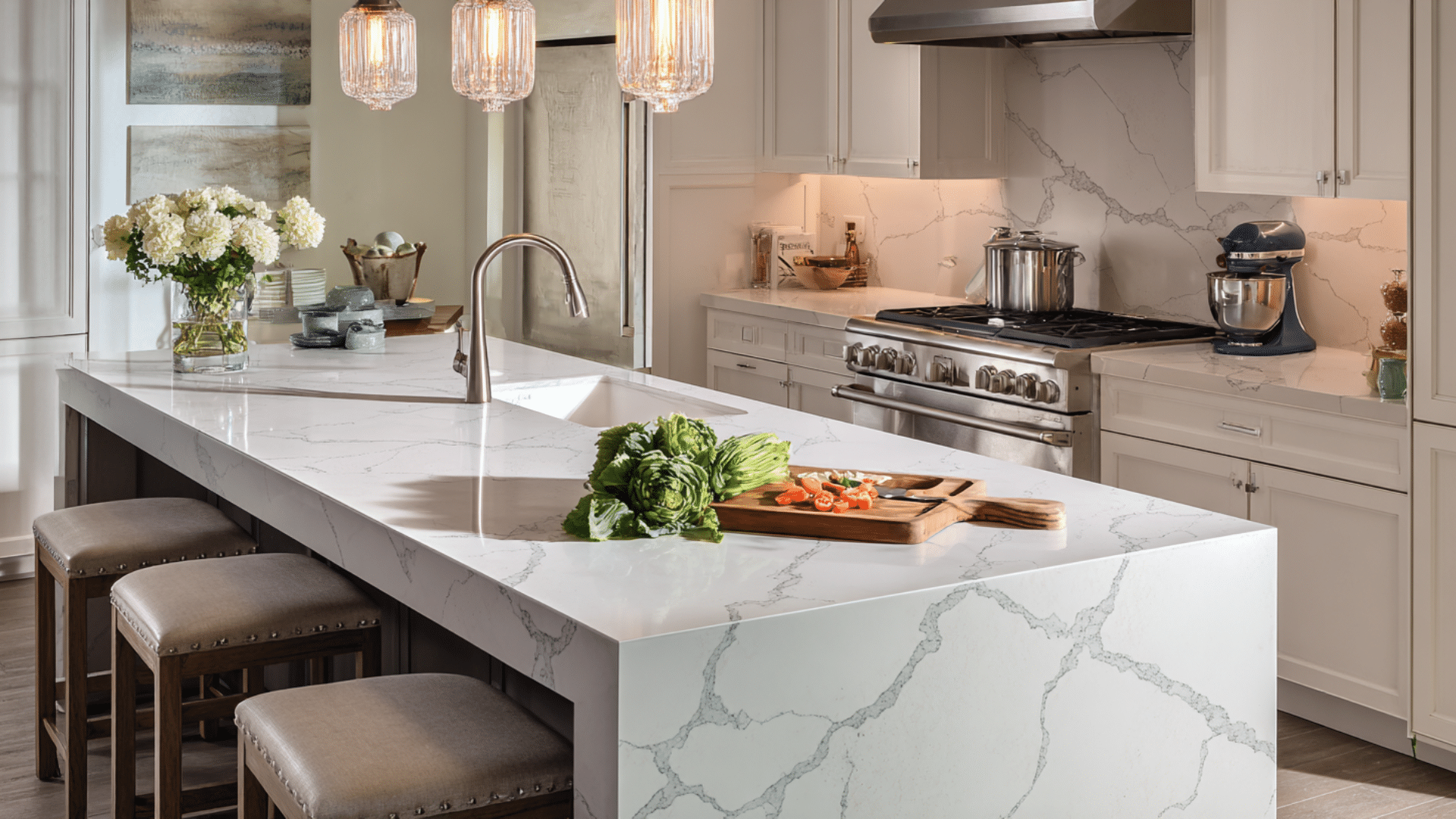
Your kitchen has different zones with varying needs for durability and support. I’ll help you match the right thickness to each area’s specific demands.
- Main countertops: 3cm works best for heavy cooking and appliance use.
- Backsplashes: 1cm is perfect for accent walls and decorative elements.
- Countertop overlays: 1cm is ideal for updating existing surfaces without replacement.
Bathroom Spaces
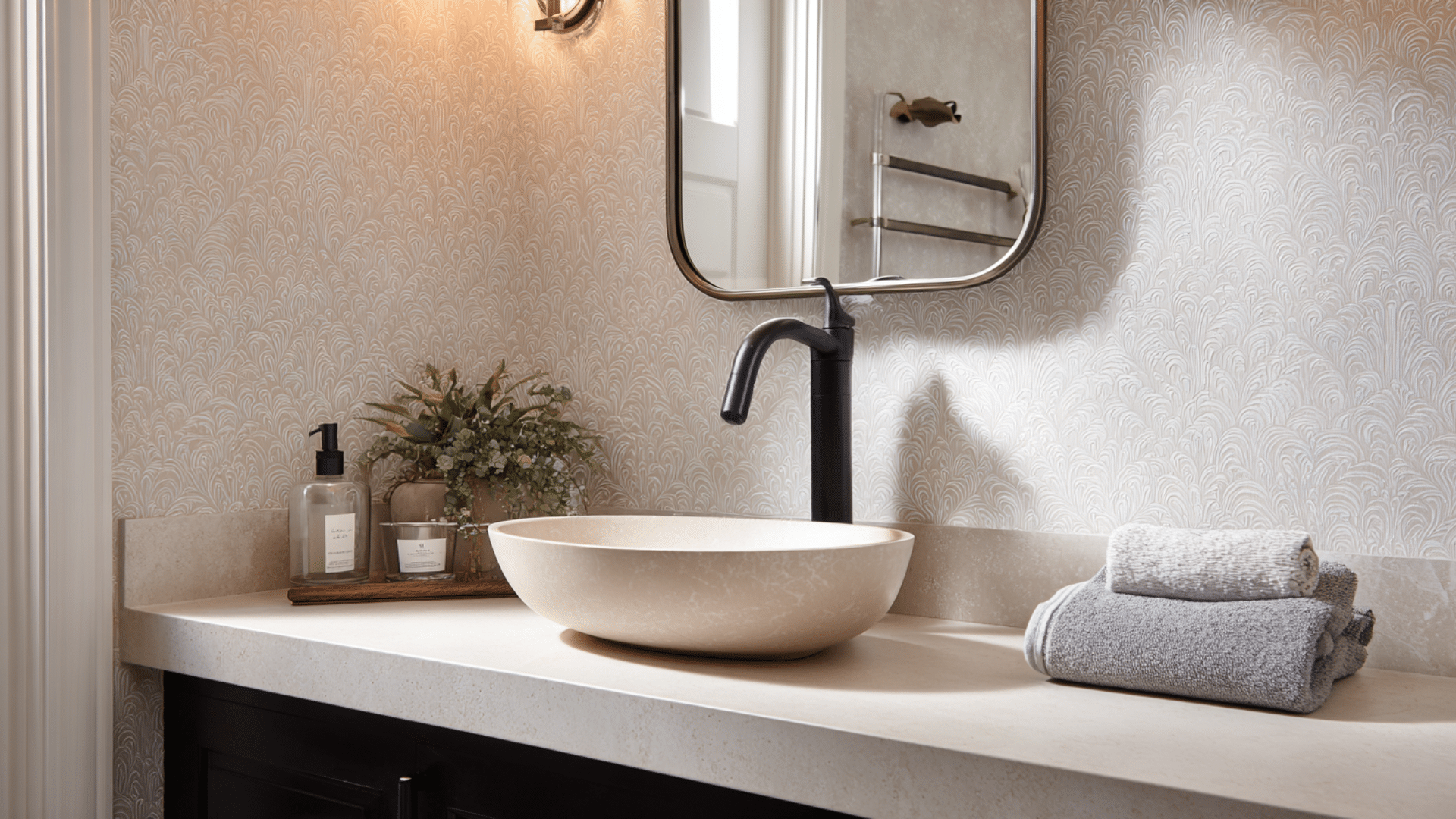
Bathrooms face unique challenges with moisture and lighter daily use patterns. I recommend thickness options that balance cost savings with adequate performance for these areas.
- Powder room vanities: 1cm works well for light daily use and budget savings.
- Shower shelves: 2cm handles moisture and cleaning products effectively.
- Decorative accent walls: 1cm creates a sleek, modern appearance.
Secondary Areas
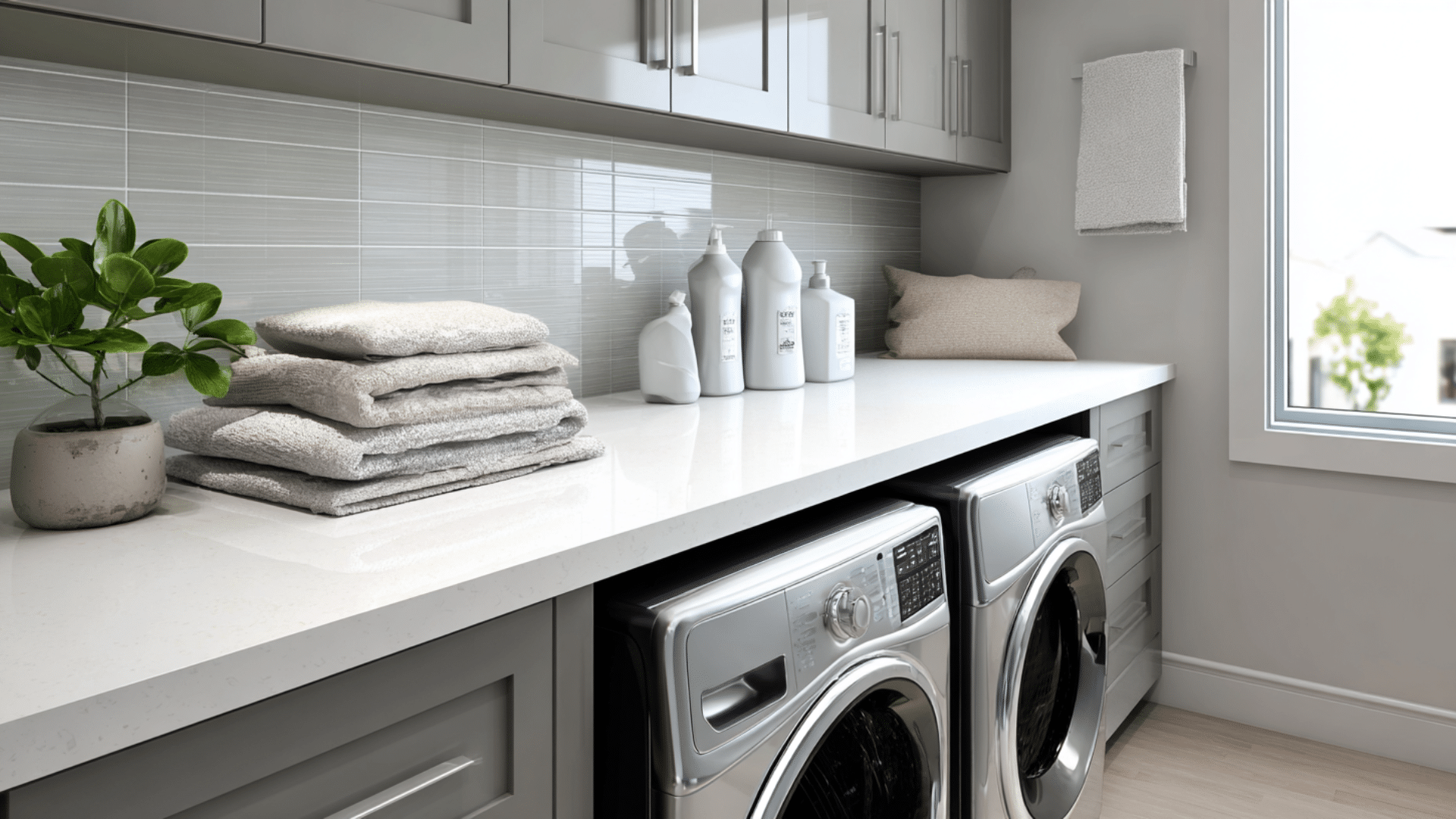
These spaces have varied functions and usage patterns throughout your home.
I suggest thickness choices based on the specific activities and weight requirements each area will handle.
- Laundry room counters: 2cm handles detergent bottles and folding activities.
- Home office desks: 2cm is sufficient for computer equipment and paperwork.
- Fireplace surrounds: 1cm creates an elegant, thin profile for decorative applications.
How Much Does Each Countertop Thickness Cost?
Choosing the right quartz countertop thickness isn’t just about aesthetics- it also impacts your budget and installation needs.
Here’s a quick comparison of quartz thickness options alongside other popular countertop materials.
| Material type | Standard thickness | Avg. cost (sq. ft.) | Installation |
|---|---|---|---|
| Quartz (1 cm) | 1 cm | $40 – $60 | High (needs full support) |
| Quartz (2 cm) | 2 cm | $55 – $75 | Moderate (needs support) |
| Quartz (3 cm) | 3 cm | $70 – $100 | Simple (self-supporting) |
| Granite (3 cm) | 3 cm | $80 – $120 | Complex (heavy weight) |
| Marble (2-3 cm) | 2-3 cm | $100 – $150 | High (fragile) |
| Laminate | 1.5 – 2 cm | $20 – $50 | Easy |
| Butcher block | 3 – 5 cm | $50 – $80 | Moderate |
As you can see, thicker slabs offer more durability but at a higher cost, while thinner options may require extra support. Balancing these factors will help you pick the countertop that fits both your style and budget.
Conclusion
Understanding how thick is quartz countertop for your specific needs doesn’t have to be overwhelming.
I’ve shown you that 1cm works perfectly for overlays and light-use areas, 2cm suits bathrooms and secondary spaces, while 3cm delivers the best performance for main kitchen areas.
Your thickness choice directly impacts durability, cost, and visual appeal for decades to come. Thicker options cost more upfront but provide better warranties, superior strength, and higher resale value.
Ready to make your decision? Visit local showrooms to see all three thickness options in person, get quotes from multiple installers, and measure your current cabinet support.


